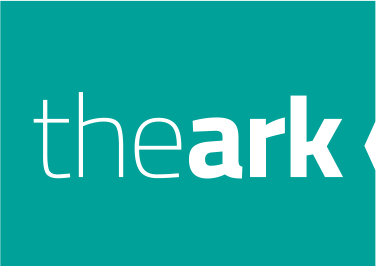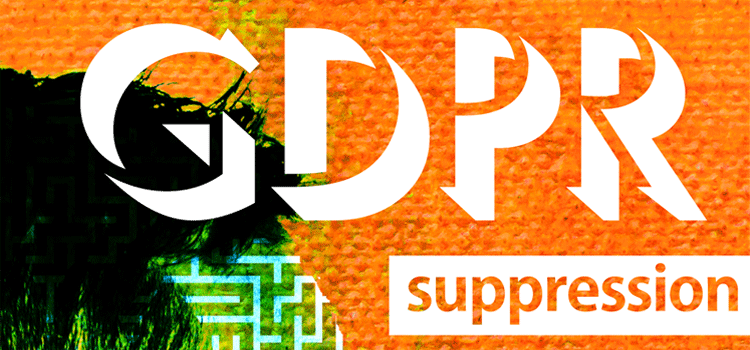
The Power of Identity Resolution
The Power of Identity Resolution: Ensuring Accurate Customer Data Matching
In the day in age where organisations are striving to be as data-driven as possible, businesses are constantly seeking ways to better understand and engage with their customers. One of the most effective tools in achieving this is identity resolution. This process not only helps in creating accurate customer profiles but also enhances marketing strategies, customer experiences, and regulatory compliance. Let’s dive into why identity resolution is crucial and how it works.
What is Identity Resolution?
Identity resolution is the process of creating a unified and accurate customer profile by linking data from various touchpoints and systems. This involves integrating information from emails, social media, offline interactions, and more to form a comprehensive view of each customer.
Why is Identity Resolution Important?
Accurate Customer Profiles
- 360-Degree View: Identity resolution helps businesses create a 360-degree view of their customers. By integrating data from multiple sources, companies can gain a holistic understanding of customer behaviours and preferences.
- Personalisation: With accurate profiles, businesses can tailor their marketing strategies to individual customers, leading to improved engagement and satisfaction.
Improved Marketing Strategies
- Targeting and Segmentation: Identity resolution allows for better audience segmentation and more precise targeting. This means marketing campaigns can be more effective and yield higher returns.
- Cross-Channel Consistency: Maintaining a consistent message across various channels is crucial. Identity resolution ensures that customers receive a seamless and coherent experience, regardless of the platform.
Enhanced Customer Experience
- Seamless Interactions: Customers expect a seamless experience across different touchpoints. Identity resolution ensures that interactions are smooth and consistent, enhancing the overall customer journey.
- Predictive Analytics: By leveraging accurate customer data, businesses can use predictive analytics to anticipate customer needs and behaviours, further improving the customer experience.
Regulatory Compliance and Security
- Data Privacy: With increasing data protection regulations, relying on first-party data through identity resolution helps ensure compliance and protects customer privacy.
- Security Measures: A centralised and accurate customer data system enhances security, reducing the risk of data breaches and ensuring that customer information is safeguarded.
How Does Identity Resolution Work?
Deterministic vs. Probabilistic Matching
- Deterministic Matching: This method uses exact data points, such as email addresses or phone numbers, to link customer data. It is highly accurate but requires precise and consistent information, which is often not available.
- Probabilistic Matching: This approach uses statistical algorithms to link data based on probabilities. It can connect data points even when exact matches are not available, which is more often the case. A good algorithm will recognise different ways the same name or address can be presented enabling matches to be established, even when there are significant differences in the input data for the same individual.
Identity Resolution and Matching within Data Cleanrooms: A New Era of Privacy and Precision
In today’s data-driven world, businesses are constantly seeking ways to leverage customer data to enhance their marketing strategies and improve customer experiences. However, with increasing concerns about privacy and data security, traditional methods of data sharing and analysis are becoming less viable. This is where data cleanrooms come into play.
What are Data Cleanrooms?
Data cleanrooms are secure environments where data can be matched and analysed without exposing the underlying raw PII. These environments ensure that sensitive information remains protected while still allowing for secure matching. Data cleanrooms use advanced encryption and privacy-preserving technologies to maintain data confidentiality.
Benefits of Identity Matching within Data Cleanrooms
Enhanced Privacy: By anonymising data and using secure environments, data cleanrooms ensure that privacy is maintained throughout the analysis process.
Better and More Precise Matching: Many organisations face challenges when matching their customer data to other datasets (whether that be other customer data or external third-party sources). Inconsistently formatted data, missing data and other data related issues can be overcome through employing identity matching solutions, enabling an organisation to match their customer data with confidence, leading to better data-driven outcomes.
Compliance: Data cleanrooms help businesses comply with data protection regulations like GDPR and the Data Protection Act 2018 by ensuring that data minimisation is built into their data matching solutions and sensitive information is handled securely.
Conclusion
As the digital landscape continues to evolve, the importance of identity resolution will only grow and as privacy concerns continue to increase, data cleanrooms and identity matching offer a robust solution for businesses looking to leverage customer data responsibly.
By combining advanced privacy-preserving technologies with sophisticated matching algorithms (such as our own JetStream solution), businesses can ensure accurate customer data matching, leading to better marketing strategies, enhanced customer experiences, and robust regulatory compliance, while maintaining the highest standards of data security.
By Martin Jaggard – Director at The Ark







